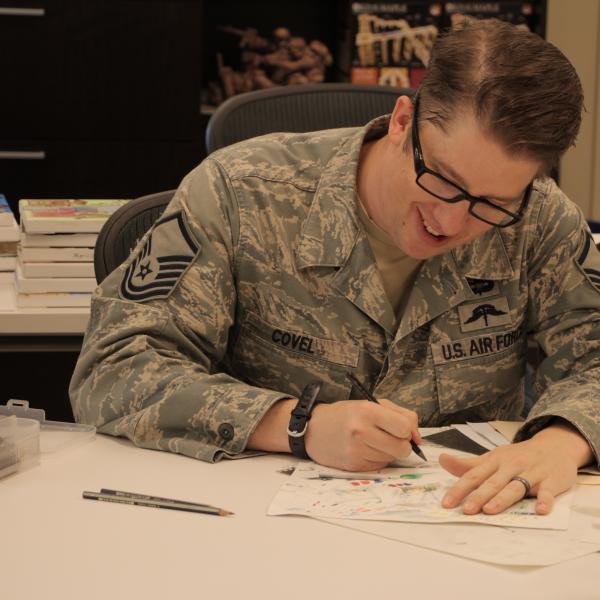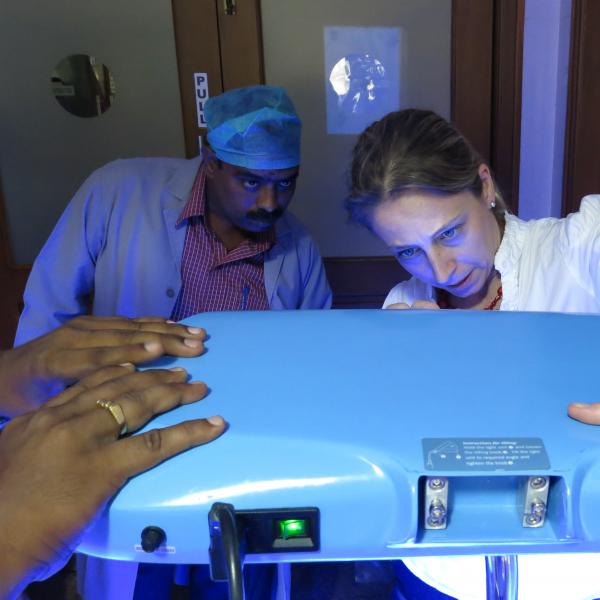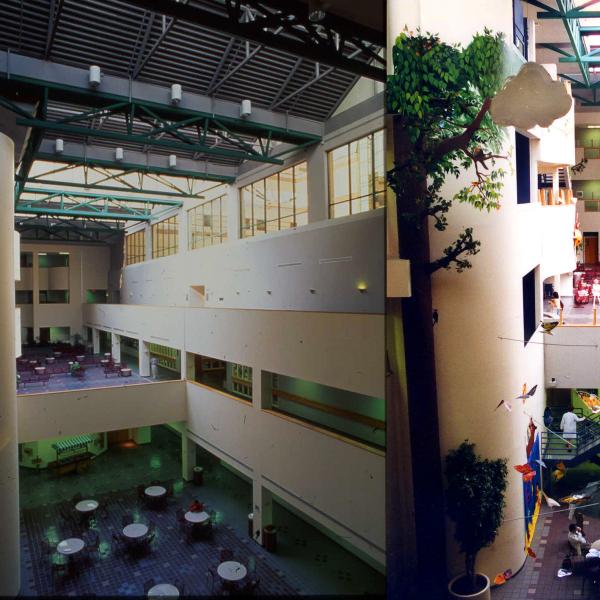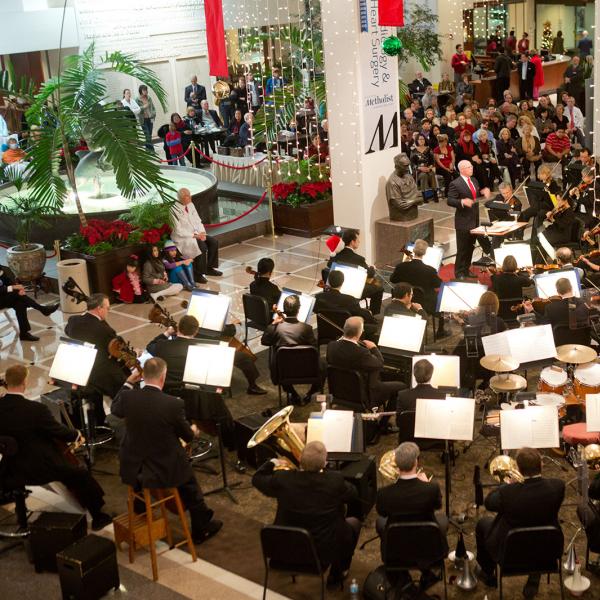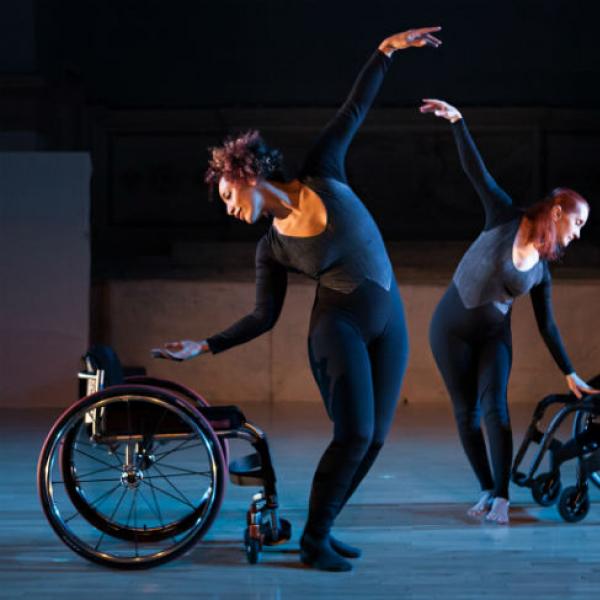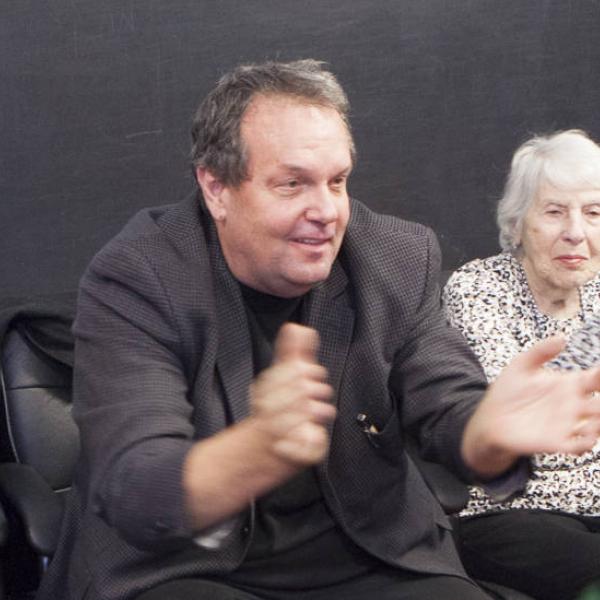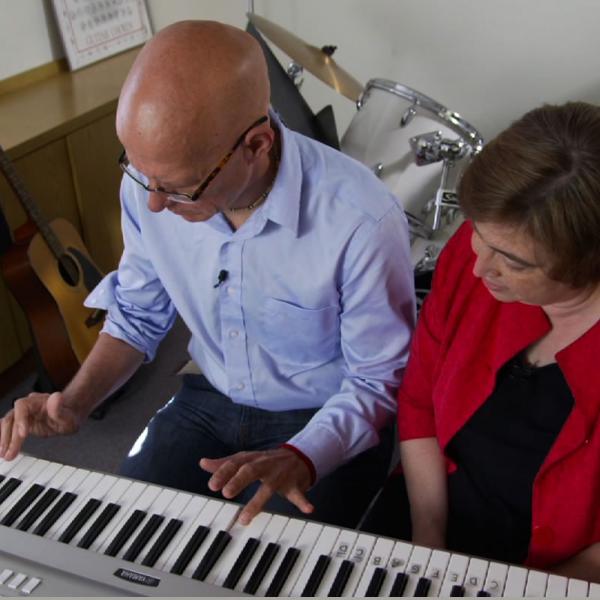Grief Knows No Color
Marquetta Bell-Johnson facilitates a Call My Name workshop to prepare panels for the AIDS Quilt.
In 2002, Jada Harris received a call from a student at East Carolina University, who was returning panels of the AIDS Memorial Quilt that had been temporarily displayed at his school. Harris, director of programs at the NAMES Project Foundation, which manages the Quilt, vividly recalls the conversation. The young man, who represented an African-American student group, nervously asked whether next time, the organization could send over panels that didn’t just represent “old white guys,” as he had phrased it.
Later, as Harris looked through the Quilt’s database, she realized that there were less than 300 individual panels made for African Americans who had died from HIV/AIDS. “I was just flabbergasted,” she said.
Like the disease, the Quilt had emerged within the white, gay, male community, which suffered the overwhelming majority of AIDS deaths during the early years of the epidemic. The first panels were sewn in San Francisco in 1987, each one bearing the name of a life lost to AIDS. The Quilt had been developed as a way to memorialize loved ones, and to salvage some sense of creation and beauty from the devastating loss.
But the demographics of the disease had shifted by the 21st century. By 2000, African-American and Hispanic gay and bisexual men were diagnosed at higher rates than their white counterparts, and African Americans made up 57 percent of all new infections in the United States. Infection rates had also begun to skyrocket within the female community: by 2004, HIV would become the leading cause of death for African-American women between 25–34 years old, and the third leading cause of death for African-American women between 35–44 years old.
And yet, new quilt panels continued to predominantly reflect the disease’s original demographics. “We as a nation weren’t necessarily recognizing that HIV and AIDS were impacting every sector of society,” said Julie Rhoad, executive director of the NAMES Project, which moved its headquarters from San Francisco to Atlanta in 2002. “And the Quilt was a reflection of that.”
In response, the NAMES Project launched Call My Name in 2003, which was later funded by the NEA. Although the Names Project has always hosted panel-making workshops, Call My Name workshops specifically target the African-American community, bringing people together to collectively grieve while creating a tribute for a loved one. While the workshops raise awareness in and of themselves, the panels they produce help ensure the Quilt remains a relevant and effective public health tool.
“It’s important that people see people that look like themselves, so they will understand that this disease doesn’t have any respect of person,” said Harris. “Everybody is represented on the Quilt, but unless the Quilt tells your story, it’s hard for people to see that there is a possibility that they could be at risk.”
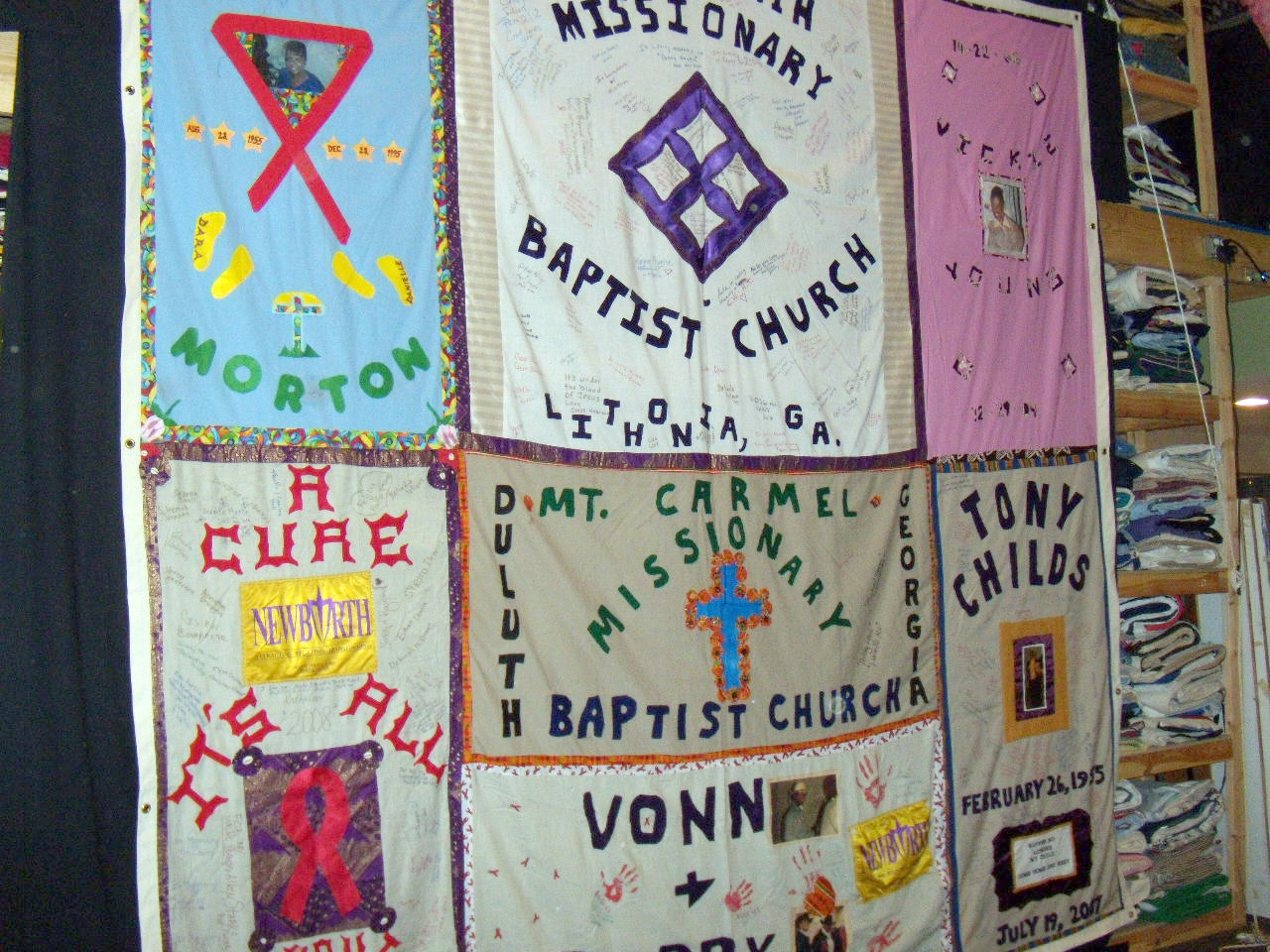
Rhoad said that getting the program off the ground “took many years and a lot of women working in church basements across Atlanta and around the South.” Part of the process required simply spreading the word, and letting communities know that the Quilt existed. The more difficult barrier was the layer of stigma that continued to surround HIV/AIDS, particularly in communities where religion is deeply embedded. Whether the issue was sexual behavior or intravenous drug use, many families were reluctant to publicly associate their loved ones with these stereotypes, either in conversation or through the creation and display of a quilt panel.
But Harris, who estimates that she has led 50 to 60 Call My Name workshops, has used her position as workshop facilitator to help break down these walls. “I simply don’t give in to whatever shame there was before,” she said. “I’m going in there acknowledging the humanity of people that they know.”
Turning feelings of shame over a loved one’s death into a sense of pride over their life is a major part of the workshop process, and often begins before a single stitch is sewn. Many Call My Name workshops begin by having participants read off the names of loved ones who have died, a practice which is also done at every public display of the Quilt. “It’s very meaningful, because many of these people have not had their names repeated since they passed, because so many of them died in a veil of shame,” Harris said. “It serves as some degree of salve for people in their grief process.”
This act of collective grieving is compounded once people begin to sew, which is done communally in keeping with quilting bee traditions. Tables are set up around the room with scraps of material, some with half-constructed panels that can be worked on if the idea of designing and sewing a panel from scratch seems too daunting.
Harris said that, typically, trepidation falls away as people become more immersed in the project. Quilting, which has strong roots in African-American culture, often resonates with participants, and can infuse the room with a sense of comfort and familiarity. Throughout the workshop, which can range from one day to several, this comfort allows participants to build a sense of fellowship, sometimes creating an atmosphere that Harris describes as magical. “It’s really a kitchen table environment, and people start talking about some of the most intimate aspects of their lives,” Harris said. “There’s something about a needle and thread and some cloth that allows them to express themselves in a very intimate way.”
Giving people the opportunity to share their story can prove incredibly affirming, Harris said, because “rarely are they asked to tell their story.” She remembers one woman who attended a workshop years ago at the church where she was a congregant. At that time, the woman, who was HIV-positive, had kept her status from her church community. The workshop helped initiate a deeper change, and today, she is an HIV/AIDS health educator, and leads Call My Name workshops of her own. “When you see that kind of growth for someone who did not want her church to know that she was HIV-positive, and now she’s one of my go-to facilitators—that’s an incredible arc,” Harris said. “I don’t think I’ve ever been anywhere [with her] that she hasn’t told someone of her status in an attempt to make sure that they were keeping themselves safe.”
Although the effects of participating in workshops aren’t always this dramatic, Harris emphasized that even small gestures can generate a sense of empowerment—no small feat when dealing with the emotional and physical havoc wrought by HIV/AIDS. “I make a point of letting [people] know that whatever they’re here to contribute today, even if it’s just a stich, that they’re here to do a mighty work, and that their work will travel all around this country and in some cases, around the world,” she said. “So it’s not a little thing that they’re engaged in. They’re doing something that can have an impact on people’s lives in ways that are immeasurable.”
Today, hundreds of panels have been produced by Call My Name workshops. Through the cathartic process of creating panels, participants have in turn enhanced the Quilt’s ability to show that this is not a disease of “the other,” but a disease that touches, and demands attention from, every one of us. “Once you can see yourself in that human story, you begin to care about it,” said Rhoad. “Any number of touchstones transform that barrier of stigma and shame and phobia into understanding. We know that our job with the Quilt is not only to help the maker in their grief process, but to then use that memory effectively to teach the living.”
Photos courtesy of the Names Project Foundation


